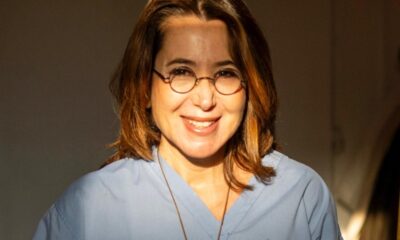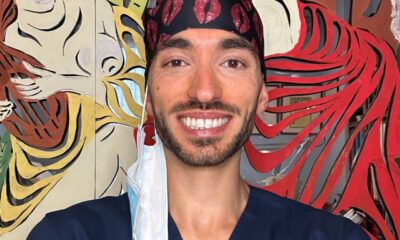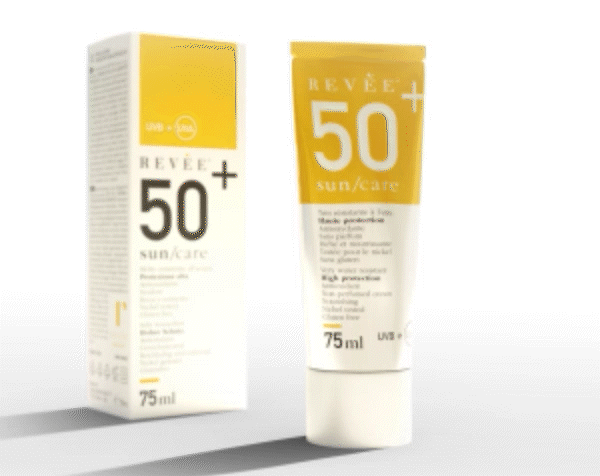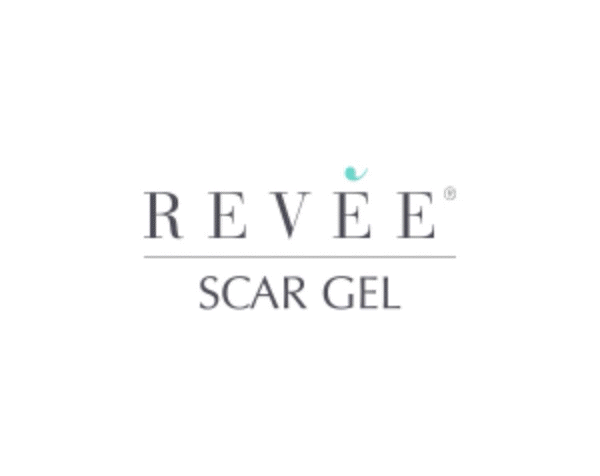Medical doctors and Surgeons
Women: beauty has no borders
Chiara Stocco, a plastic surgeon who works in the Arab Emirates after having trained between the Universities of Padova and Trieste, tells how to protect the well-being of women and how plastic surgery can improve people’s quality of life.
The most common interventions among women

In the field of oncological surgery, the interventions depend on the indication and the type of tumor; it ranges from breast remodeling after quadrant removal in case of small tumors, to the reconstruction of the breast as a whole after mastectomy. Other types of surgery such as breast lift can also be performed; also known as mastopexy, it allows to restore the fullness of a woman’s breast. In these cases, in fact, the breast is ptotic, that is, it has gone down and a slight reduction of the volume has occurred, and it is often the consequence of breastfeeding or pregnancy. Patients find themselves in a situation where the breast has dropped and emptied, and it is therefore necessary to return to an optimal condition.
However, this intervention may also concern women who have not given birth or breastfed, but have a ptotic breast by genetic factor, and it is also possible to correct it in these cases.
Before undergoing surgery it is always necessary to make the first visit with the surgeon. The first interview does not last less than 30 or 45 minutes, and the patient tells about what she feels the need and what she would like to improve. In the second part, the clinical picture is evaluated and a series of considerations are made before discussing with the patient the path to be taken. There are results and interventions that can be reached – the doctor specifies – and others that are impossible or unrealistic. In these cases it is explained to the patient that the result would not be proportionate to the body, but it is also necessary to investigate what drives women to these demands. It is important to understand if the patient has a correct consideration of her body, because in some cases it can be dysmorphic phobia, that is, patients who see immense defects and have expectations not consistent with their body. In this case it is necessary to recommend a psychological path.
Plastic surgery among Middle Eastern women
The demands of European women and those of the Emirates are in line. In fact, patients approach plastic surgery because of the discomfort they experience in their body. For example, after pregnancy, the abdomen has excess skin and fat, or diastasis of the abdominal muscles. There are other patients who ask for breast enlargement, because they perceive a lack of proportion with the rest of the body.
It changes the physicality of Emirati women who have a softer build with more pronounced curves. The difference is the approach to plastic surgery. In the United Arab Emirates it is more customs cleared, it is something to be ashamed of and not to be hidden because it is done to improve one’s quality of life. The interventions, with the exception of requests not feasible across all cultures, consist in the exaltation of natural physical characteristics, with an exaltation of proportions and physical harmony in general.































